A Filmmaker's Guide to Shooting the Eclipse
Here's what filmmakers need to know about North America's first total eclipse of this scale since 1918.
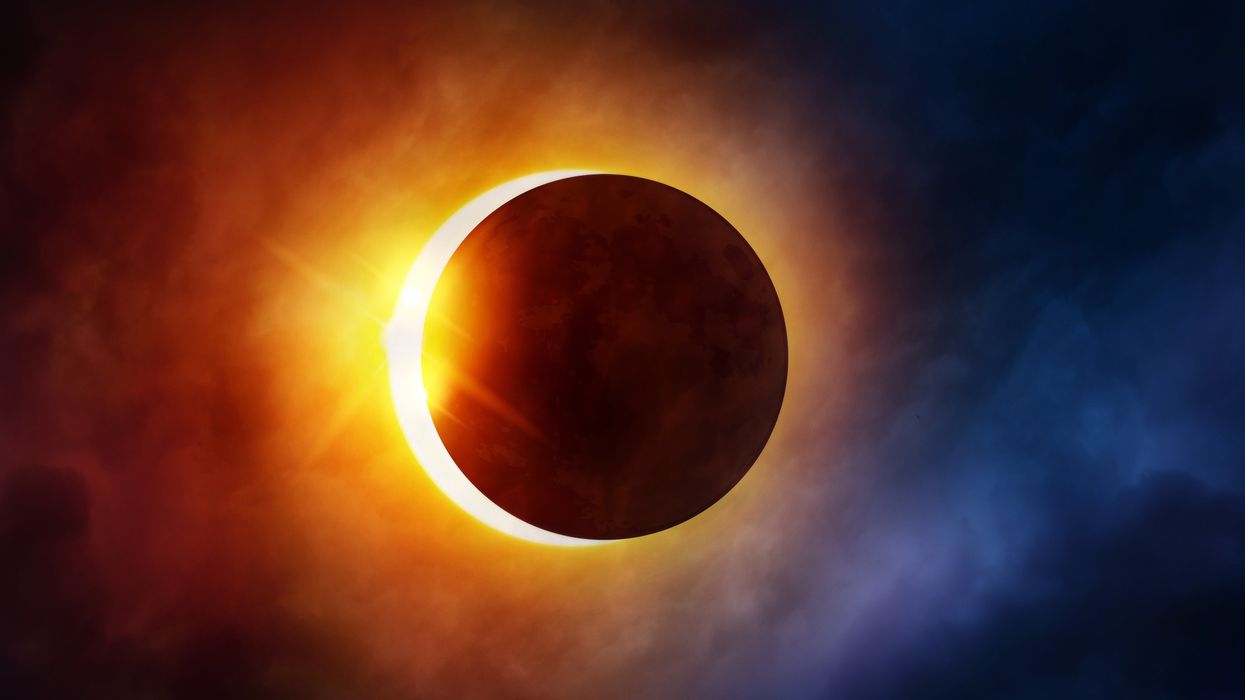
On August 21st, a total eclipse, where the moon completely blocks the sun, will be visible in North America on a path stretching from Oregon to South Carolina. You can check out the route, and see what it will look like where you live, on this handy tool from Vox. Hotel rooms along the route are already sold out, flights are more expensive, and there will likely be traffic. But if you can get to the path of totality, the word is it's an amazing experience. Here are some tips for viewing and capturing the experience.
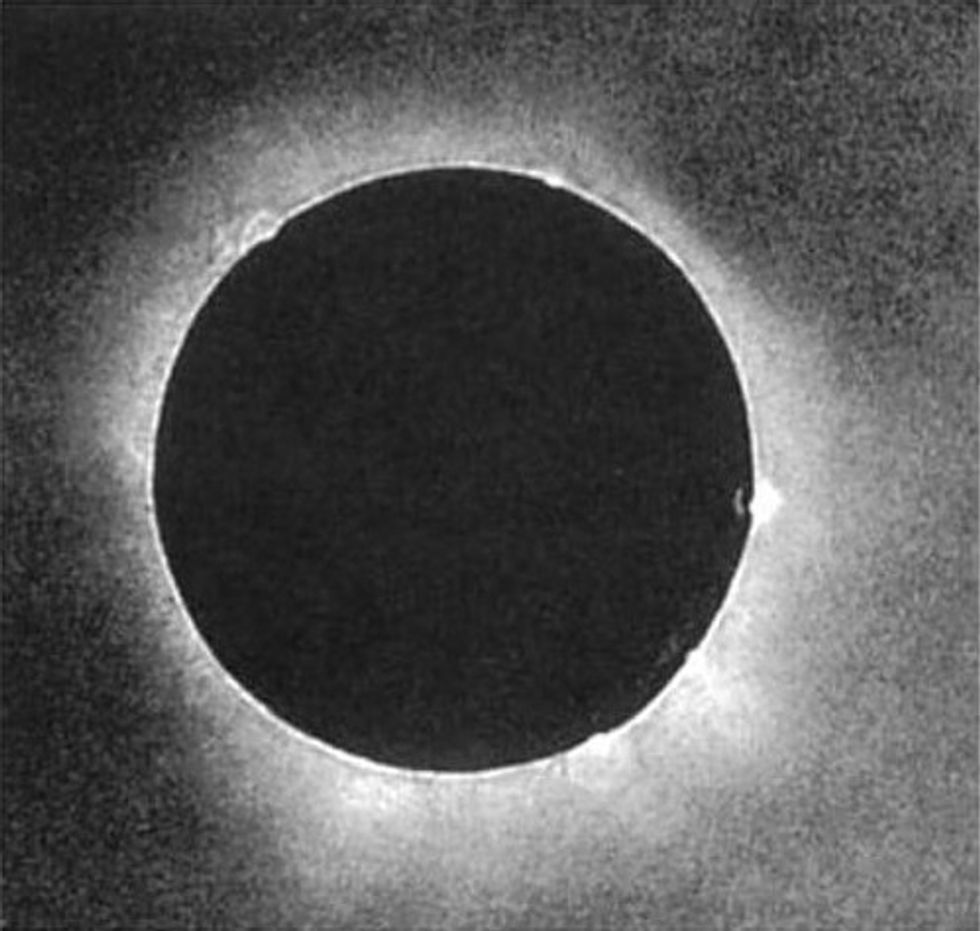
Protect Ya Neck (and Eyes)
First off, and it shouldn't need saying but here we go again: never ever look at the eclipse directly. This is true for all humans, but goes triple for filmmakers since we create our art with our eyes and should protect them. You can seriously damage your retina by looking at the sun. Those sunglasses you bought at the gas station are not enough protection. Even the sunglasses you bought for $200 aren't enough protection. Don't look directly at the sun. If you do want to look at the eclipse, your first step will be getting some glasses that meet the ISO 12312-2 specifications for protection. The most common certified manufacturer is American Paper Optics. Just be sure to check for the ISO labeling and be wary since many of the listing you see online are not certified.
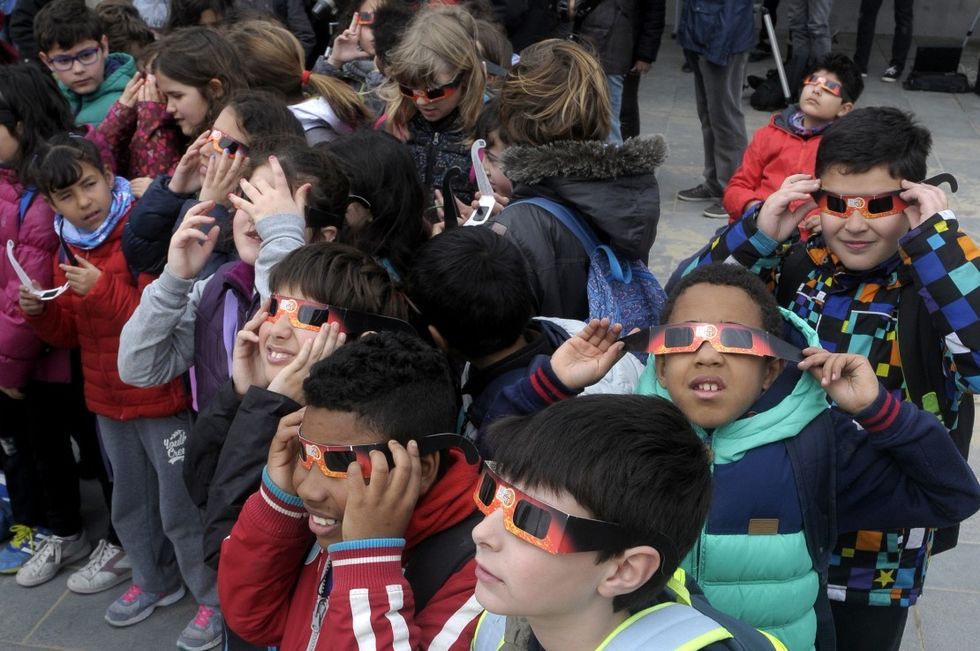
How to Shoot the Sun
Of course, you most likely want to capture images of the eclipse, since we are filmmakers, after all. First off, when working with the sun, it's best to stick to live view mode or another viewfinding system and avoid looking through an optical viewfinder if you have one. In addition, a tripod will likely be necessary. To get a good shot of the sun, you'll need to be on a longer lens, which will magnify camera shake, which a tripod can get rid of. Finally, once totality happens, you might want to extend exposure time since it will be dark.
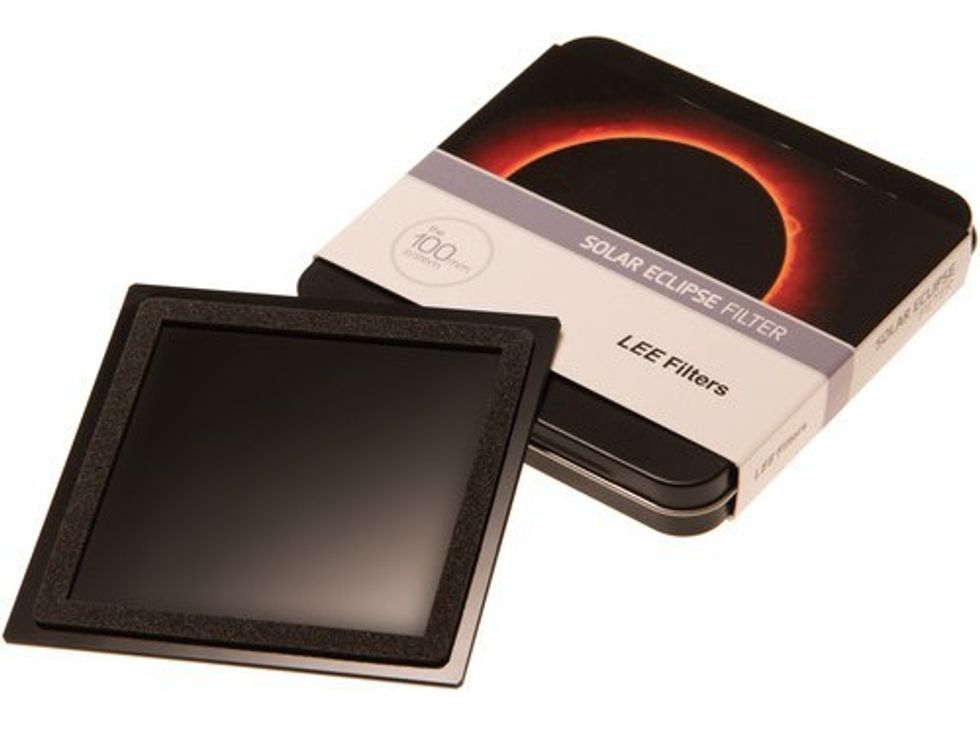
Gear You'll Need
In addition to the aforementioned trip and long lens, you need to get yourself a dedicated solar filter. While there are some folks who work with ND filters for shooting the sun, the amount of ND you need (often ND16) can leave a lot of room for IR and UV contamination to affect your image. Combining IRND16 with a UV filter might work, but without testing, the risk of damaging your gear is there, and it's probably just easier to go for a solar filter that will cover the spectrum properly and prevent damage to your camera.
Once set up, practice! Shooting the sun isn't difficult, but you might be surprised at what it takes to track such a small moving object if you haven't done it before. Once you are confident in your ability to track the sun, charge up your spare batteries, get some memory cards ready, get a good vantage point and hope for clear skies. If you get good stuff, you can also participate in the Eclipse Megamovie, which will compile images from more than 1000 people across the path of the eclipse to create a document of the event on a scale never seen before.
Fun fact: This won't affect how you shoot the eclipse, but it's kind of awesome to remember that in the 1970s Concorde was used to capture images of the eclipse over Africa.
For more info you can check out the helpful guide from Canon on shooting totality, along with a shopping and technique guide from B&H.
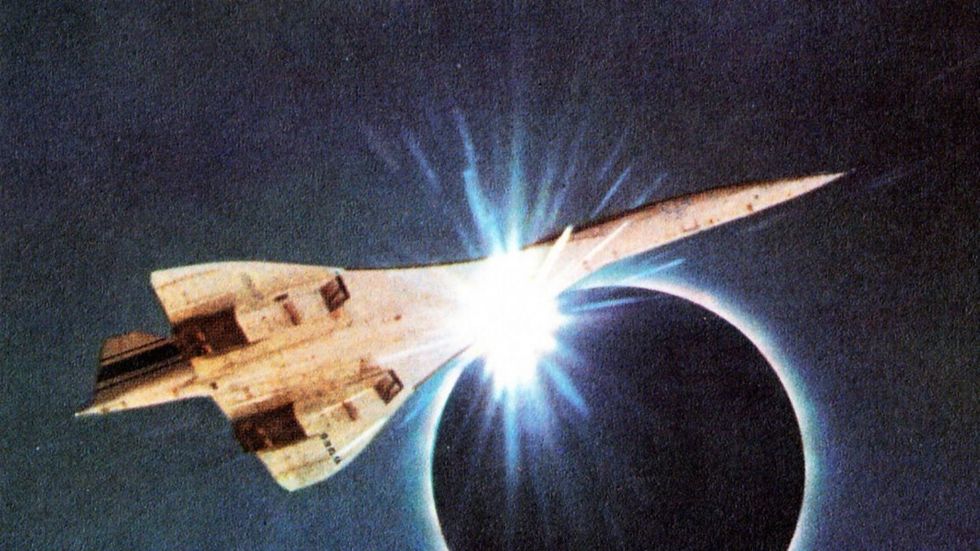










![Ethos, Pathos, Logos: 20 Effective Ways to Advertise [Infographic]](https://nofilmschool.com/media-library/ethos-pathos-logos-20-effective-ways-to-advertise-infographic.jpg?id=34064614&width=600&height=600&quality=90&coordinates=560%2C0%2C0%2C0)

